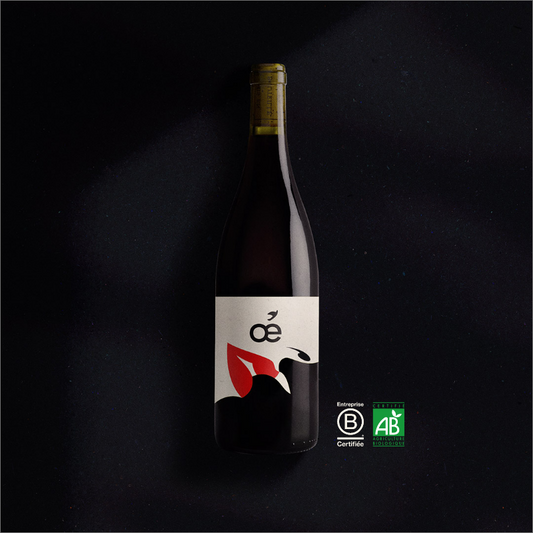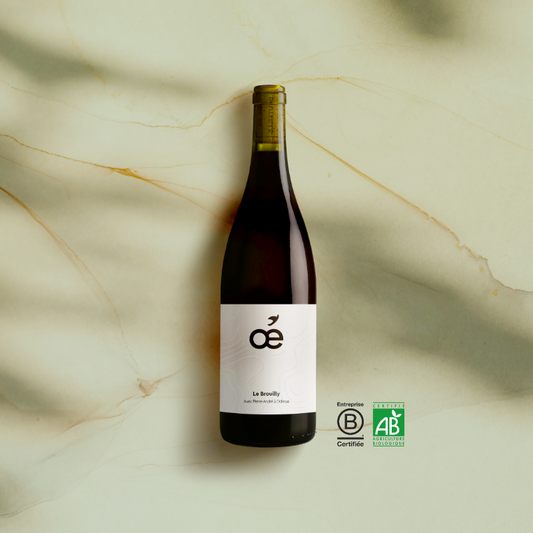You have no doubt already heard of the harvest… Here you will discover all the preparation until the arrival at the press. Are you ready ? Let's go !
Place to check before the harvest!
Before starting to harvest the grapes, it is necessary to ensure that the vines are in good health. The trellising was carried out during the summer, the vines are well attached and the grapes are oriented facing the sun in order to promote their growth. The last treatments against diseases were carried out during the month of July as well as weeding and maintenance of the soil.
Now it's time for veraison, this stage when the grape turns from green to black for red grape varieties, and transparent yellow for white grape varieties... The stage when it's time to watch closely since maturity is approaching its term.
When to harvest grapes?
The moment chosen to harvest the grapes has important consequences later on the quality of the wine. This is the winegrower's greatest difficulty: after monitoring his vines all summer, he scrupulously followed the development of his grapes plot by plot, controlling acidity and sugar to achieve a perfect balance.
The weather conditions are also fundamental before making the decision to harvest. Indeed a storm, rain, hail or even drought can cause losses and a much lower yield.
The grape variety, the plot exposed to the sun or the soils more or less loaded with minerals and organic matter will influence the development of the grape. All these influences must be taken into account to find the right balance between acidity and sweetness. When ripening berries, the sugar level increases and the acidity decreases.
If the winemaker takes too long, the sugar level is very high and we then speak of over-ripening, which tends to give aromas of prunes for red wines and honey for whites.
Sometimes this is the desired effect to produce certain types of wine such as “late harvest” with residual sugar present on the finish.
How to harvest wine?
When the long-awaited moment of harvest arrives, the winegrower hires seasonal workers to harvest his grapes or else uses a harvesting machine. The machine has the advantage of being fast and usable on flexible schedules. Manual harvesting makes it possible to do a first sorting in the vineyard, the quality is preserved, but the cost of labor is higher.
Sorting can be done at two times: on site in the vineyard or on arrival in the winery on a table where the bunches are dumped to be sorted, and sometimes destemmed. Removing the stalk (the skeleton of the berry) avoids prolonged contact with the must and a "herbaceous" taste, a bitterness to the wine.
After sorting, it's time for the press!
The grapes arrive at the press, then the juice is distributed in the vats to begin the maceration and then the fermentation. This is how grapes gradually turn into wine. Winemaking is a complex concept, which we will discuss a little later.





